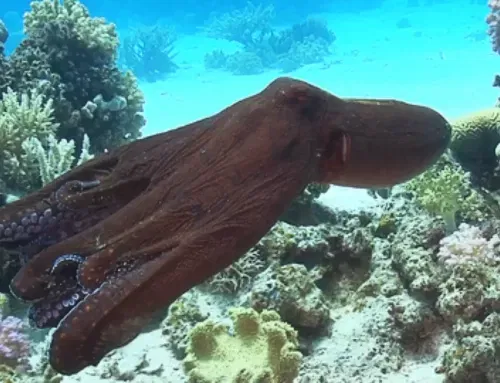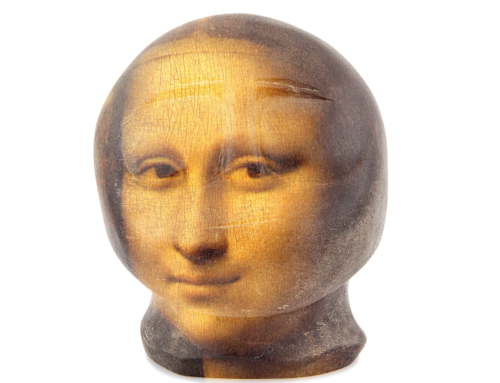My mind bounces between the real and imagined, as in the title of my recent collection of essays, Truth and Fantasy, or as in the characters inhabiting the twilight zone between life and death in my short stories, Notes Going Underground. I am certainly not the first to breathe life into inanimate creations. Consider the monster created from parts of a corpse in Mary Shelley’s Frankenstein, or objects brought to “life” if touched by Füsun in Orphan Pamuk’s novel, The Museum of Innocence, or the adorable R2-D2 and 3-CPO robots in Star Wars.
While not conceptually new, robots are rising from science fiction to an ambiguous reality. In Kazuo Ishiguro’s novel, Klara and The Sun, the robot Klara cares for the sick teenager, Josie, and a love story evolves between her and the robot. Kate Darling, an MIT robotics scientist, stresses in The New Breed that robots not only complement and help people, they inspire human qualities, such as mourning when damaged and emotional attachment of a close friend or pet dog.
In the recent New York Times, Emma Bubula reports on robots creating sculptures commissioned by famous artists. Robots as artists! Imagine! Many of the artists insist that their identities remain anonymous to keep alive the idea they are still using the age-old hammer and chisel. How about that for creating the new without giving up the old. Is it even possible? Where’s the line between machine and man? Robots substituting for artists deceiving us! The old question of “what’s authentic?” needs to be replaced by “what’s the definition of authentic?” Who’s the artist: the one who signs the work or the programmer?
Oh, yes, the artists give a few moments of a final human touch to their machine-made sculptures; robots aren’t perfect…yet. Have patience.






As the sister of a 20th-century realist artist, renowned mainly for his portraiture, I’m appalled. He and his friends found the main way of getting the essence of their subject was to talk – lots – to them, see them in good a nd bad moods, tired or alert, in order to capture the essence of the subject. Since most people cannot sit still for a portrait for much more than an hour, it generally meant dozens of sessions, usually over a period of months. I cannot fathom a robot capturing the nuances of a person’s thoughts and moods.
Sonia, thanks for the comment. Certainly the idea of robots creating art sounds jarring at first, robots themselves are a form of art! I believe we must enlarge our view art, as we do of everything else. Art from some of our greatest artists were not considered art for some time. In any case, the creation of one form of art does not eliminate another form from also being art.
Joram, I see so much “art” these days that is actually what we used to call “arts and crafts.” I’m referring to the emotion that I cannot conceive of a robot imparting to an audience. There is not that personal interaction. Perhaps some day there will be, but I am skeptical. I’m thinking of a finger painting Karen did at about age 4 at her grandmother’s, who promptly hung it on a wall. A visitor that night offered grandma $100 for it, thought it was great! Okay, it was colorful, but great? I compare that with your dad playing all the right notes in something he was performing. Had he not given heart and emotion to the piece, it would have been note-perfect, but not art. I think he would have agreed.
I agree with you Sonia. We may have to wait a long time before a machine can impart human emotions and feelings.